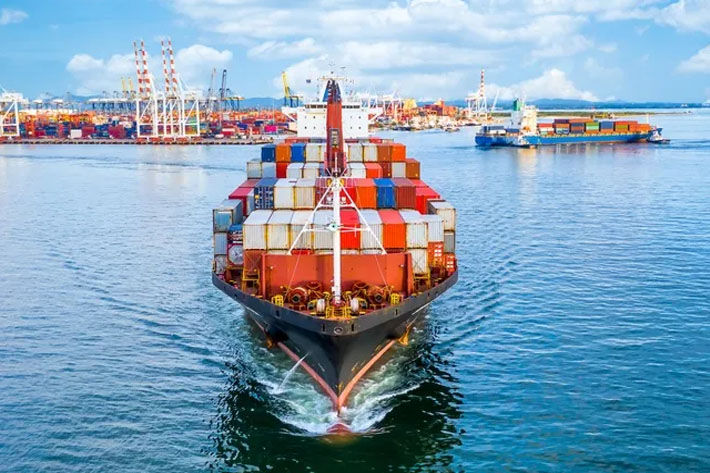
The domestic fleet undertakes intra-country transportation and short international routes in Asia. The international shipping market share of Vietnam's shipping fleet has been on a downward trend in recent years, according to a news agency report.
The fleet structure is not as good as it could be with mainly small tonnage ships carrying dry and bulk cargo. There is a lack of container ships and large tonnage ships operating on international routes.
There were 1,502 ships under the Vietnamese flag (excluding data of ships under construction) as of December last year, with a total tonnage of about 7.15 million GT and 11.7 million DWT. The number of ships ranged from 1,000 to over 1,200 ships in the 2016-2020 period.
The number of ships has decreased by over 200 last year compared to 2016—a decrease of 17.2 per cent.
Compared with the 2010-15 period, Vietnam's transport fleet has decreased by over 400 ships. However, the total tonnage of the transport fleet grew by over 6 per cent.
Based on an assessment of the current situation, the Vietnam Maritime Administration feels there is a huge potential for developing an international shipping fleet. Its suggestions include renovating ships and reforming administrative procedures, and creating a stable and favourable legal corridor to support businesses to operate effectively.
Regarding financial solutions, ship owners should be allowed not to pay value-added tax when importing ships to transport goods for Vietnamese goods owners until the end of 2026; exempt import tax and reduce 50 per cent of tonnage fees when ship owners buy and operate container ships of 1,500 TEUs or more or ships powered by clean energy and LNG carriers, the Administration suggested.
The State Bank of Vietnam has a policy that allows Vietnamese ship owners who have ships operating on international routes with foreign currency revenue to be allowed to borrow foreign currency to invest in buying ships.
Another important solution is to improve the quality of crew members. The Vietnam Maritime Administration recommends calling for private investment in human resource training, including domestic and foreign training.
There are policies and special incentives for employees of the shipping industry to encourage workers to stick with the work for a long time.
ALCHEMPro News Desk (DS)
Receive daily prices and market insights straight to your inbox. Subscribe to AlchemPro Weekly!